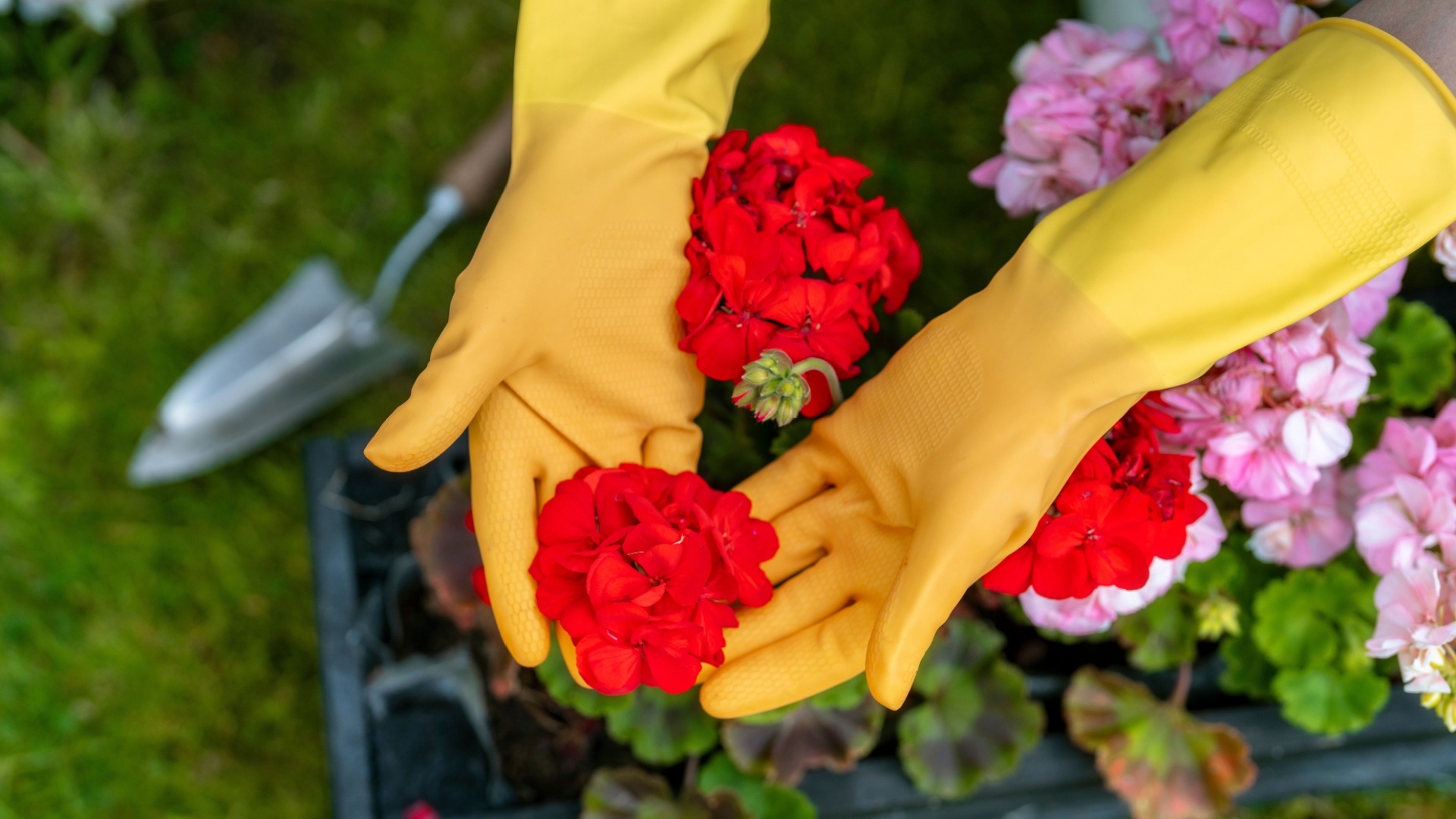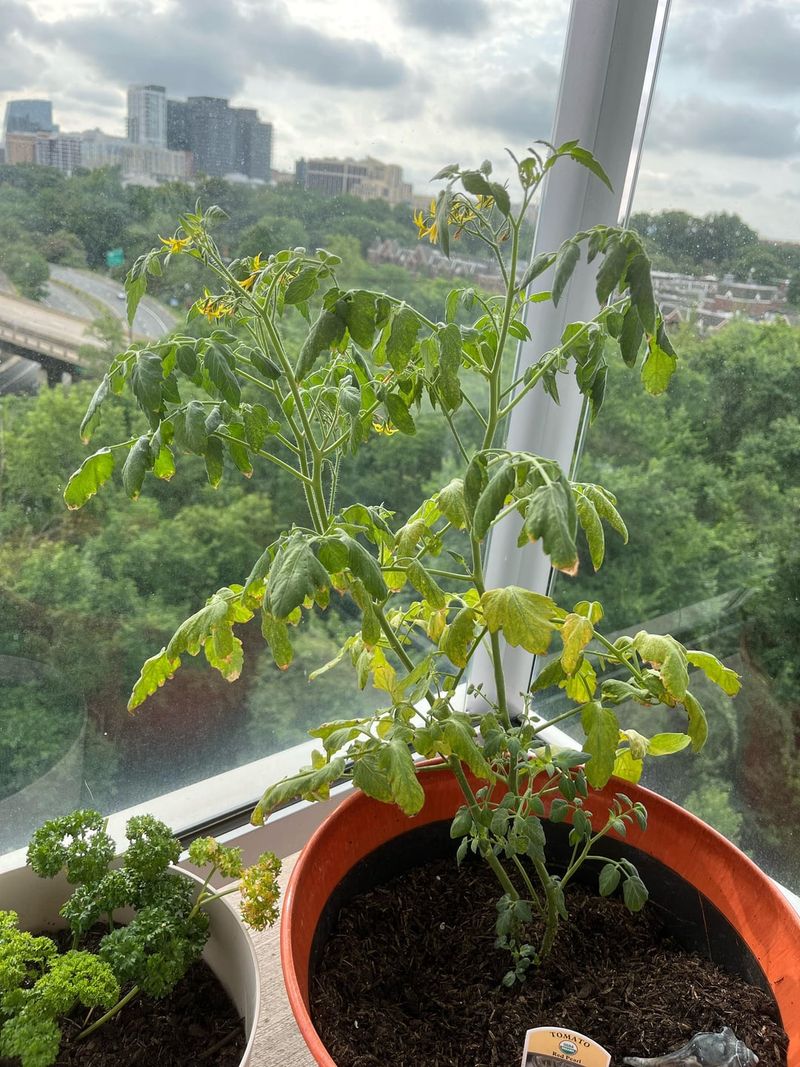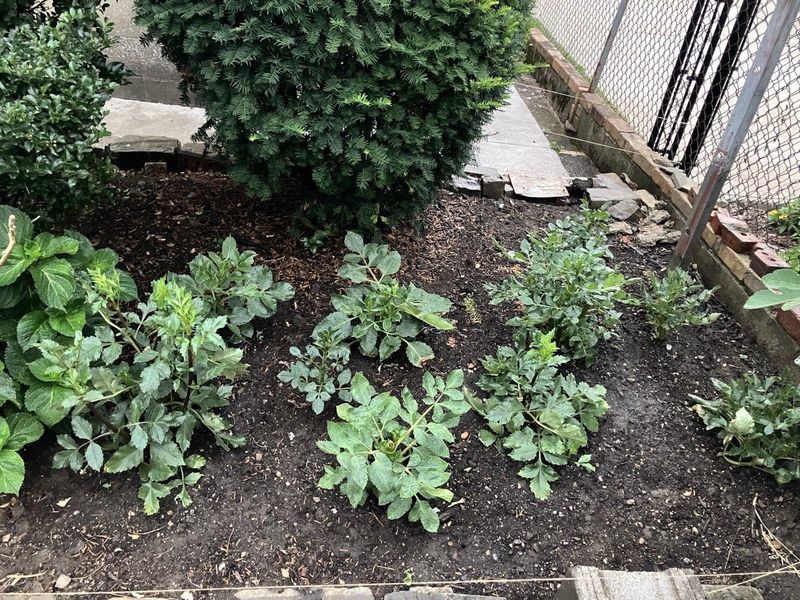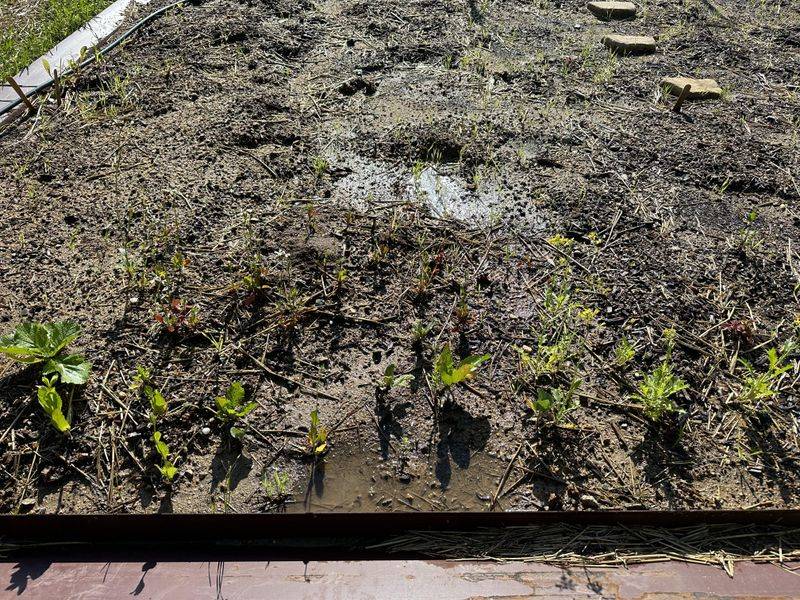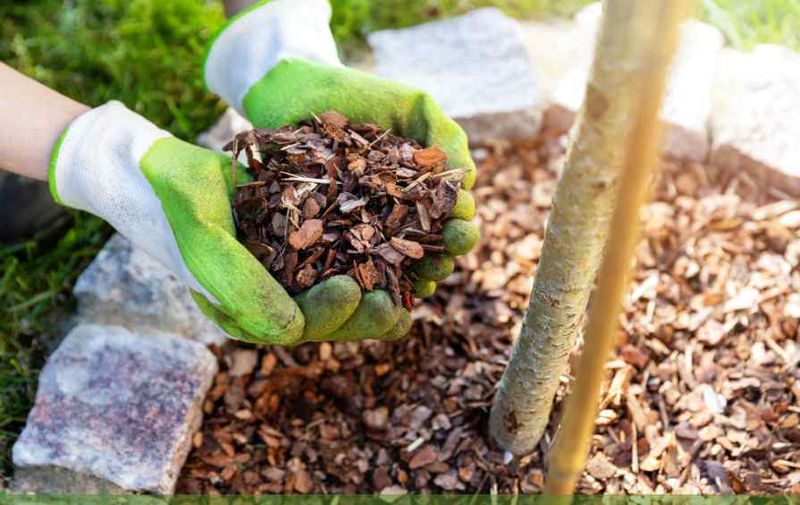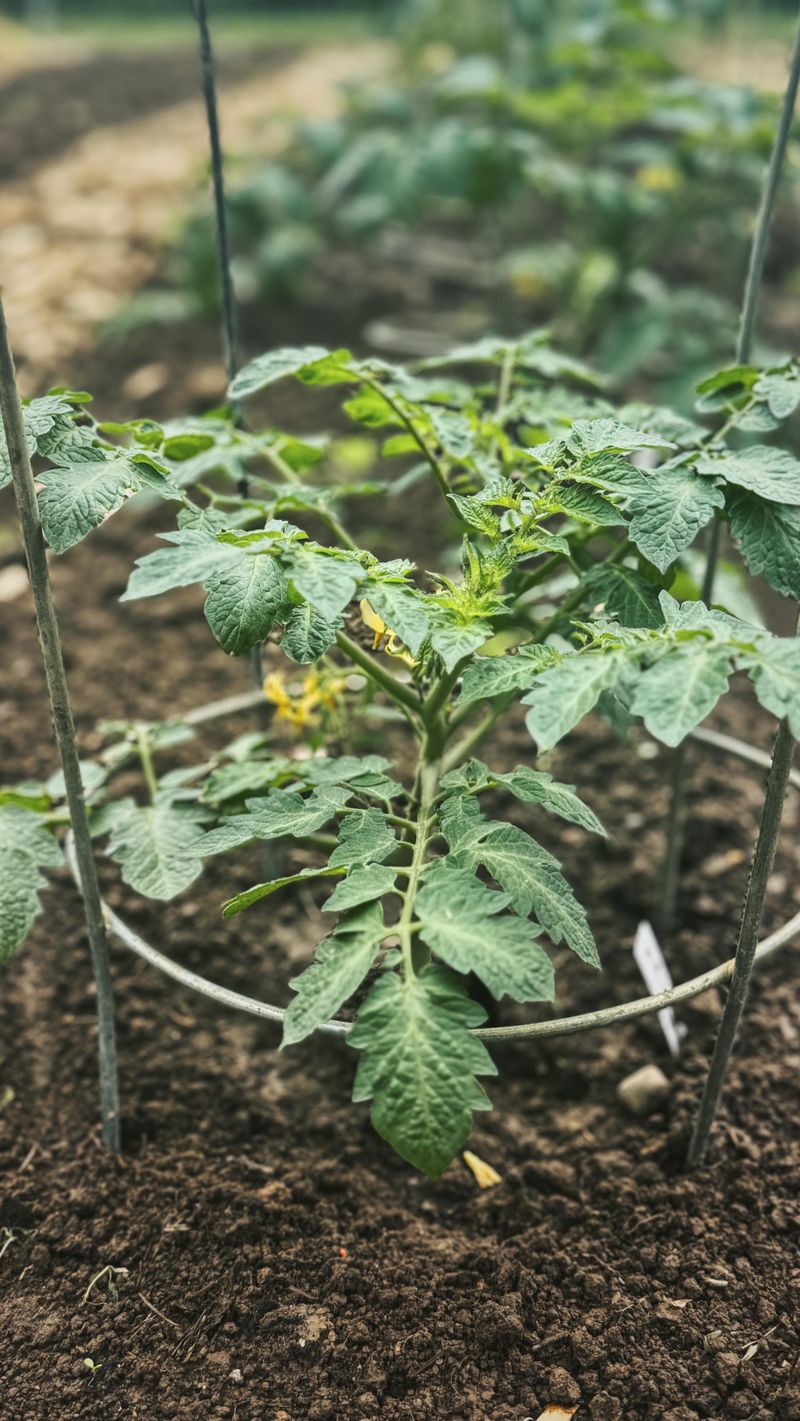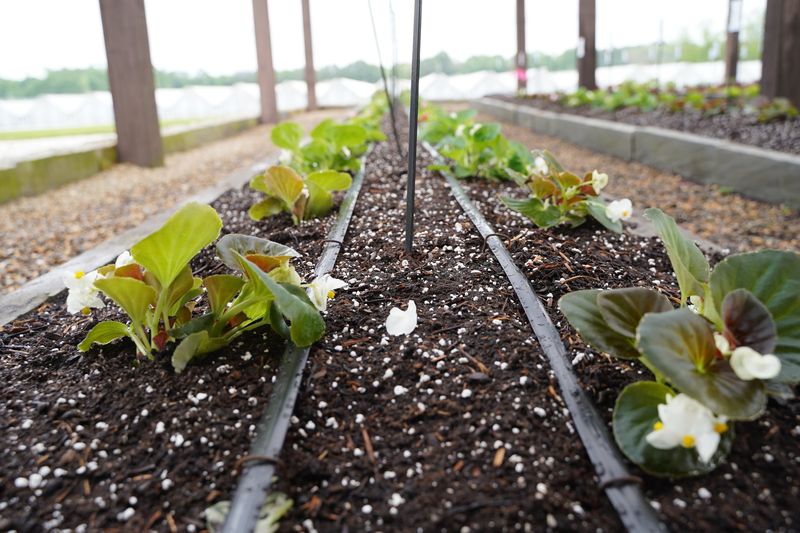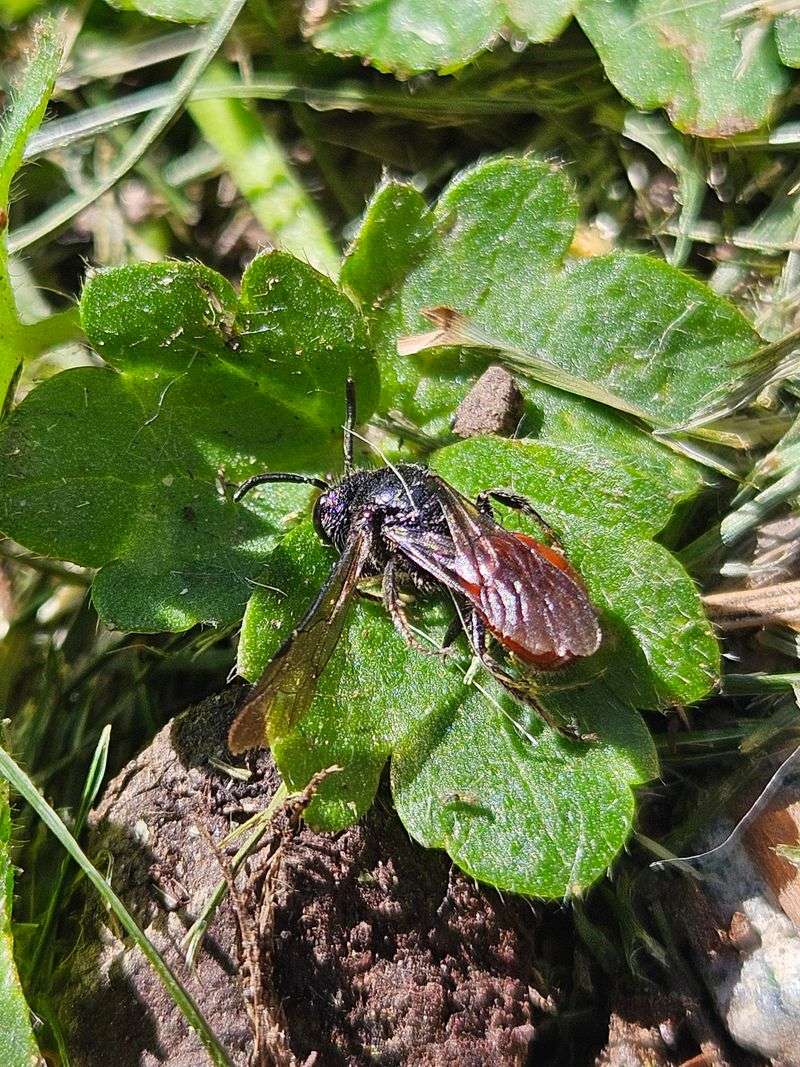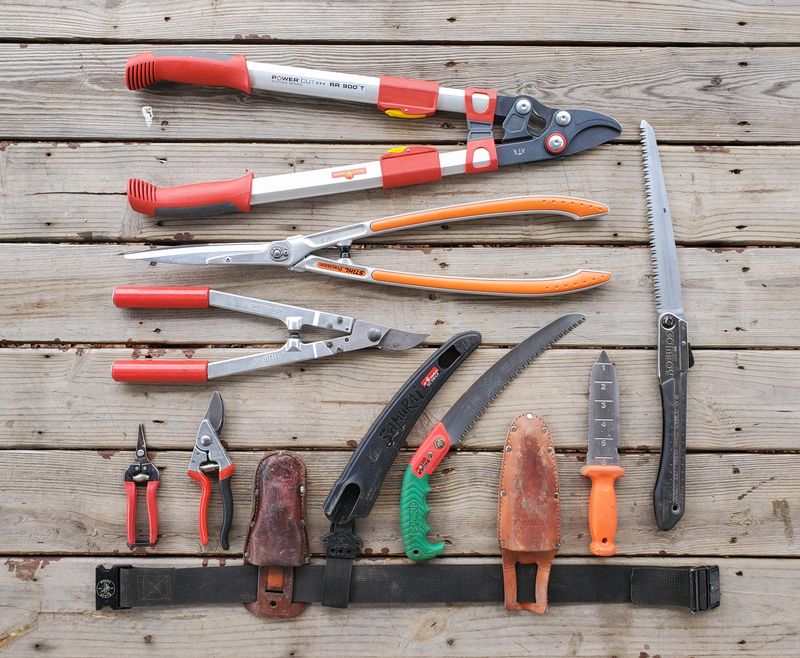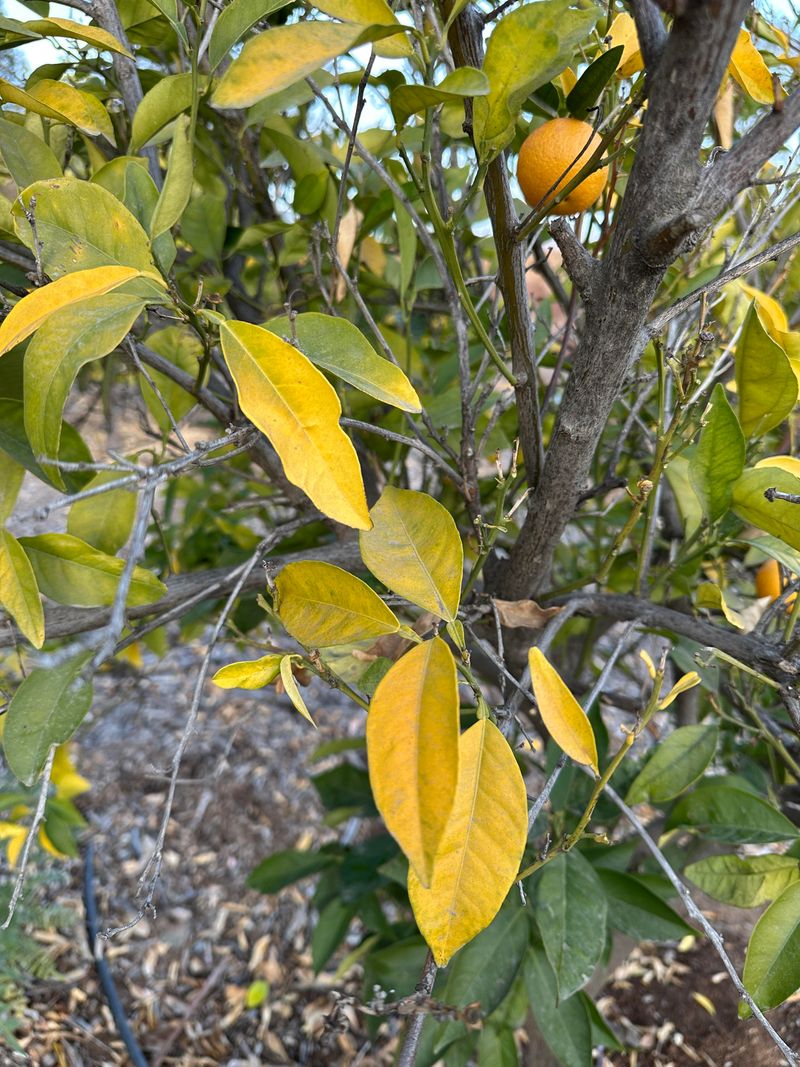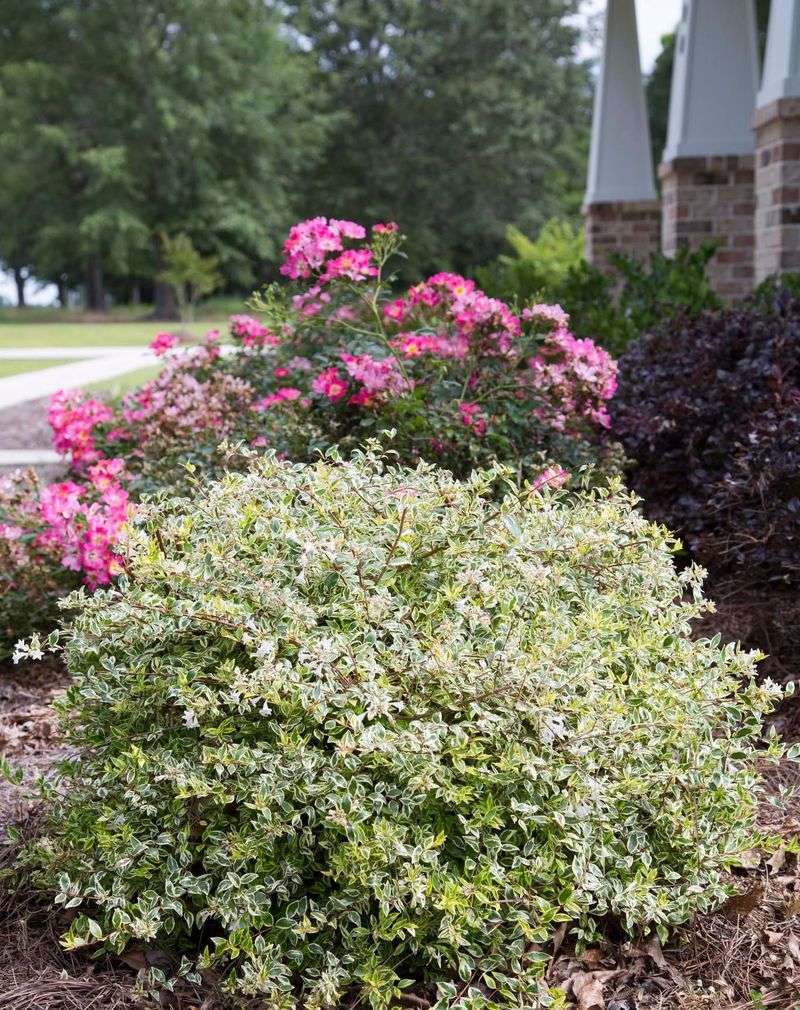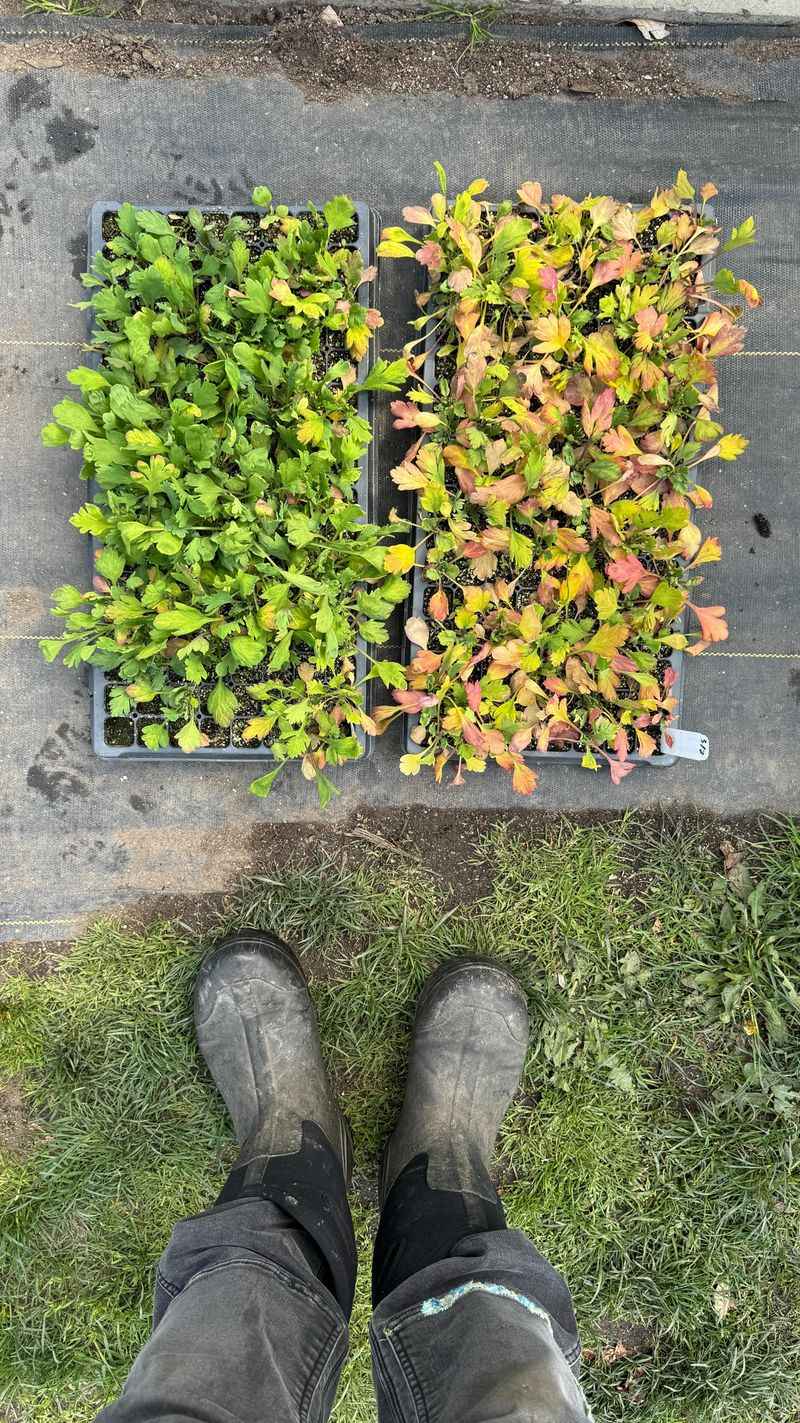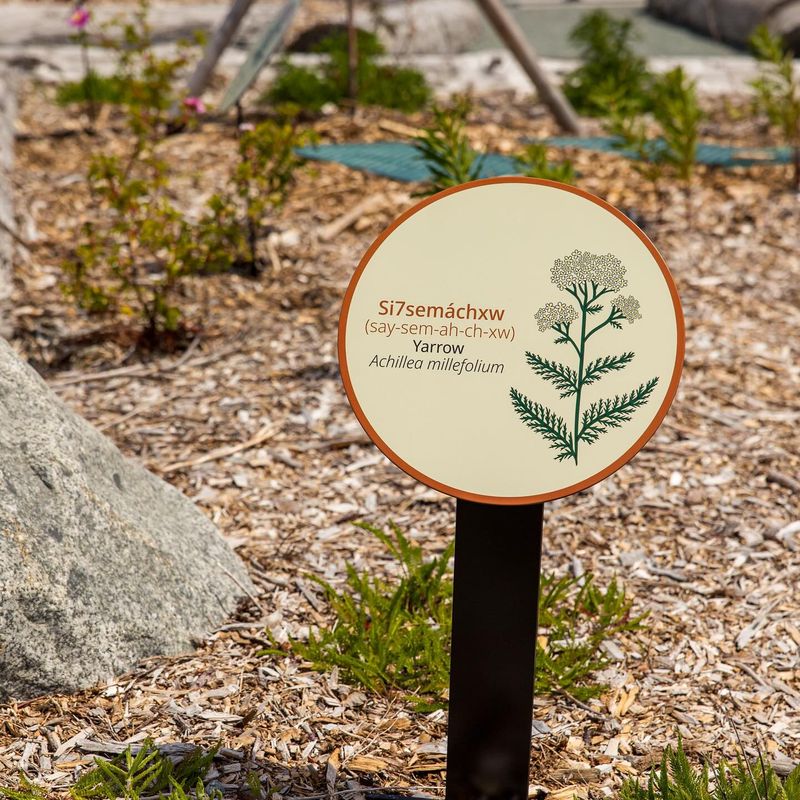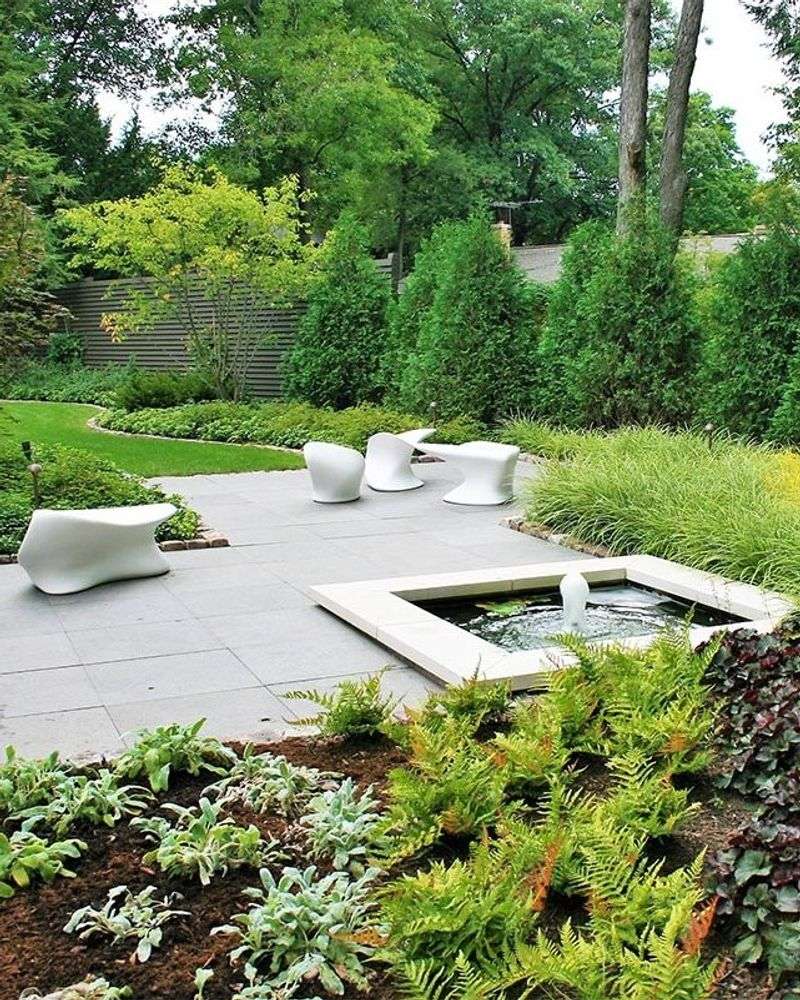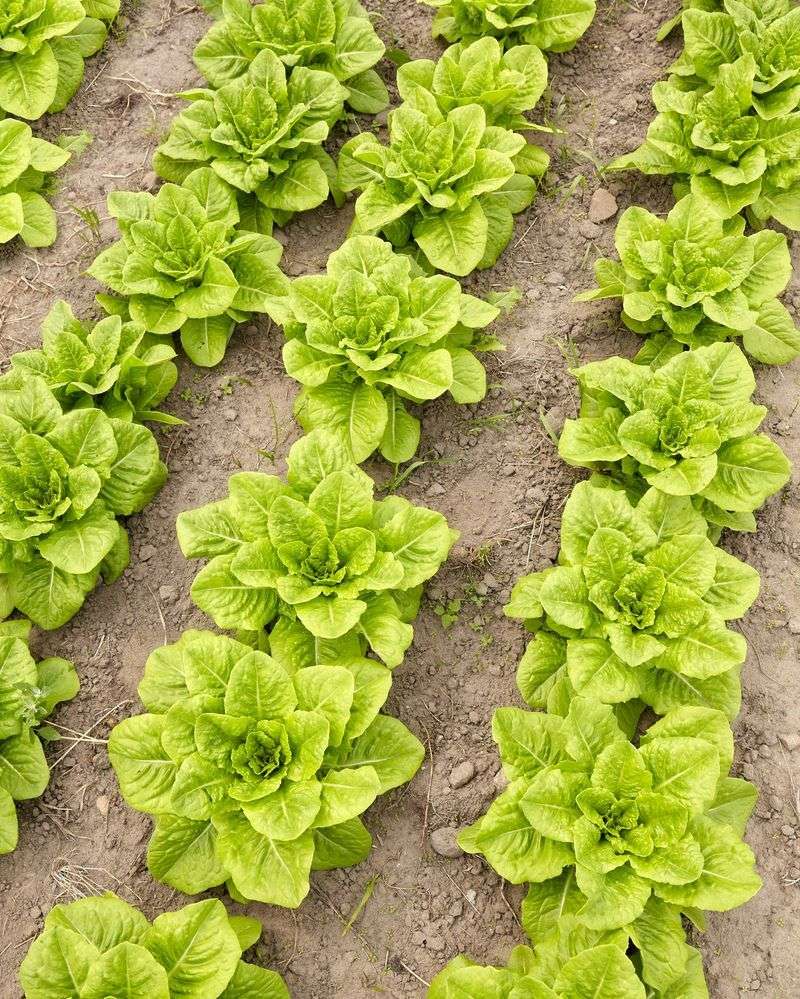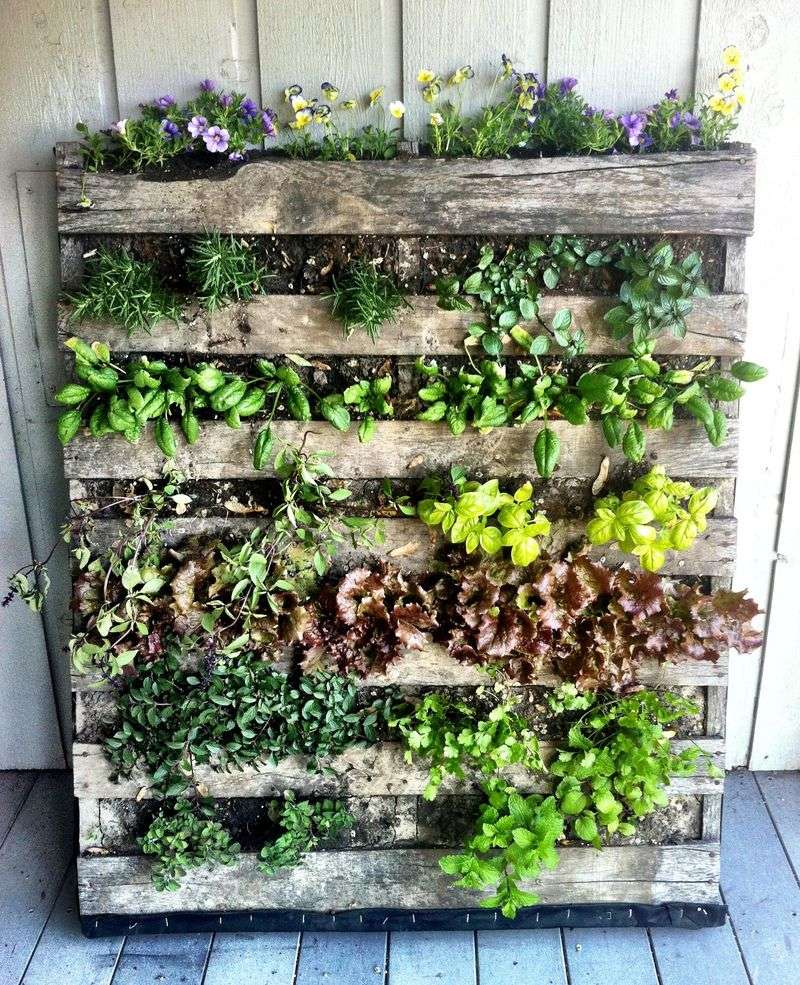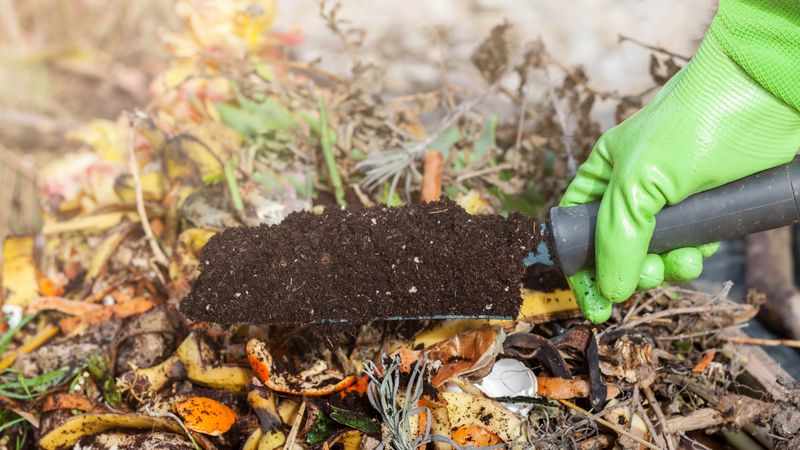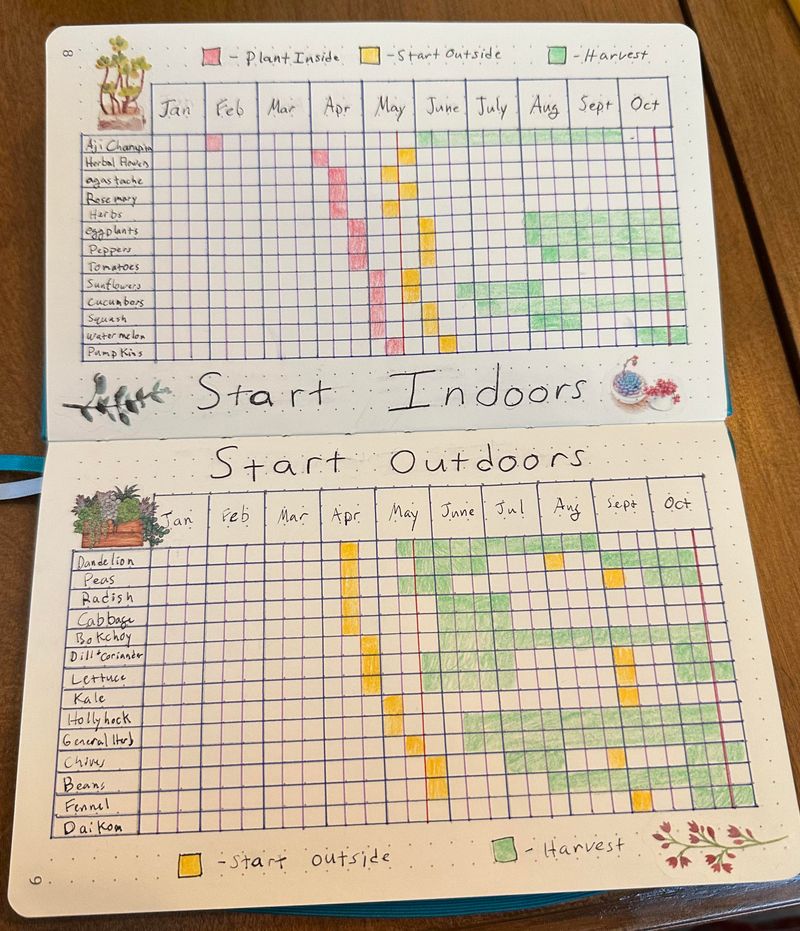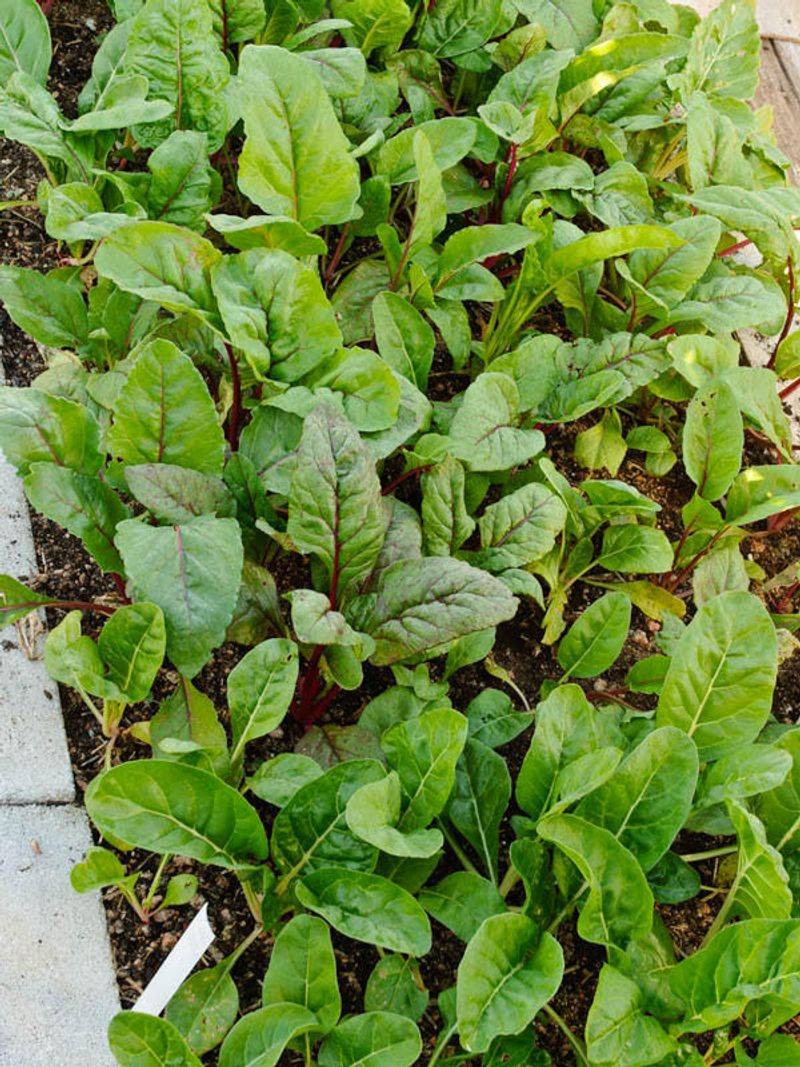Every gardener starts with a few missteps, but some mistakes can really stunt your success. From overwatering to planting in the wrong spot, these common errors can turn your dream garden into a patch of problems.
The good news? A few smart fixes can get your plants thriving—and your green fingers glowing in no time.
1. Overwatering Your Plants
Drowning your plants with too much water suffocates their roots and invites fungal diseases. Many gardeners mistakenly think more water equals more love, but plants need breathing room too!
Check soil moisture before watering by sticking your finger an inch deep – if it feels damp, skip watering today. Different plants have different needs, so research each variety’s preferences.
Consider grouping plants with similar water requirements together to make irrigation more efficient and prevent both drought stress and root rot.
2. Planting Too Close Together
Cramming plants like sardines might look lush initially but creates problems later. Plants compete for nutrients, water, and sunlight when overcrowded, leading to stunted growth and increased disease.
Always read spacing recommendations on seed packets or plant tags. Remember that tiny seedlings will expand dramatically – that tomato plant needs at least 24 inches of space!
Proper spacing improves air circulation, reduces fungal issues, and allows each plant to develop its full, glorious potential without constant pruning battles.
3. Ignoring Soil Quality
Expecting plants to thrive in poor soil is like trying to bake bread without flour. Good soil forms the foundation of garden success, yet many gardeners skip this crucial step.
Invest in a simple soil test kit to determine pH and nutrient levels. Most vegetables prefer slightly acidic soil (6.0-7.0 pH), while some flowers have different requirements.
Add organic matter like compost annually to improve structure, drainage, and fertility. Your plants will reward your soil-building efforts with vigorous growth and abundant harvests.
4. Forgetting to Mulch
Bare soil in garden beds invites weeds and loses moisture quickly. Mulch acts as a protective blanket that conserves water, suppresses weeds, and regulates soil temperature.
Apply a 2-3 inch layer of organic mulch like wood chips, straw, or shredded leaves around plants, keeping it slightly away from stems. Refresh annually as it breaks down.
Beyond practical benefits, mulch gives gardens a finished, professional look while slowly improving soil as it decomposes. Nature doesn’t leave soil bare – follow her lead!
5. Wrong Plants for Your Climate
Falling in love with plants unsuited to your growing zone leads to heartbreak and wasted money. That gorgeous tropical plant might look amazing in magazines but will struggle in northern climates.
Learn your USDA hardiness zone and focus on plants that naturally thrive there. Native plants especially excel with minimal care since they’ve adapted to local conditions over thousands of years.
For borderline-hardy plants, create microclimate solutions like planting near south-facing walls or using season extenders to improve success rates.
6. Improper Watering Techniques
Sprinkling water on leaves instead of soil invites fungal problems and wastes precious moisture to evaporation. Smart watering techniques make all the difference in plant health.
Water deeply and infrequently rather than giving daily sprinkles. This encourages roots to grow downward, making plants more drought-resistant. Morning watering allows foliage to dry before evening, reducing disease risk.
Consider drip irrigation or soaker hoses that deliver water directly to roots with minimal waste. Your water bill and plants will both thank you!
7. Skipping Pest Research
Reaching for chemical sprays at the first sign of bugs misses the fact that most garden insects are beneficial or harmless. Understanding the difference between friends and foes prevents unnecessary interventions.
Learn to identify common pests in your area and their natural predators. Ladybugs, praying mantises, and many wasps actually help by eating harmful insects!
Practice integrated pest management by starting with the least toxic solutions first. Healthy plants naturally resist pests better than stressed ones, so good growing practices form your first line of defense.
8. Neglecting Tool Maintenance
Rusty, dull garden tools make work harder and can spread disease between plants. A little tool care goes a long way toward making gardening more enjoyable and effective.
Clean tools after each use by removing soil and plant debris. Occasionally disinfect pruners and shears with rubbing alcohol, especially after working with diseased plants.
Sharpen blades seasonally and apply light oil to prevent rust. Properly maintained tools last decades longer and make cleaner cuts that heal faster, reducing stress on your precious plants.
9. Fertilizing Without Knowledge
More isn’t always better when it comes to fertilizer. Overzealous feeding burns roots and creates weak, lanky growth prone to pests and disease. Excess fertilizer also pollutes waterways through runoff.
Understand what nutrients your specific plants need and when they need them. Flowering plants often need different formulations than leafy ones. Read and follow package directions carefully.
Slow-release organic fertilizers generally provide safer, more balanced nutrition than quick chemical boosts. Compost offers gentle nutrition while improving soil structure – nature’s perfect plant food!
10. Poor Pruning Practices
Random snipping without understanding plant growth patterns creates oddly shaped specimens and reduces flowering. Each plant type has specific pruning needs based on its growth habits.
Learn when to prune – spring-flowering shrubs typically need pruning right after blooming, while summer bloomers often prefer late winter cuts. Always use clean, sharp tools to make angled cuts just above growth nodes.
Remove dead, diseased, or crossing branches first before making aesthetic cuts. For most plants, never remove more than one-third of growth at once to prevent shock and excessive reaction growth.
11. Starting Too Many Seeds
Seed catalogs inspire garden dreams, but overenthusiastic sowing leads to seedling overwhelm and waste. Be realistic about your garden space and family needs when planning.
Calculate how many plants you genuinely need before starting seeds. A family of four typically needs just 3-4 tomato plants, not the 24 seedlings from an entire packet!
Consider succession planting smaller batches every few weeks for continuous harvests rather than all at once. Share extra seedlings with neighbors or community gardens to spread garden joy without waste.
12. Ignoring Plant Labels
Those little plastic tags contain crucial information for plant success, yet they often end up lost or ignored. Taking time to understand plant requirements prevents countless problems.
Plant tags reveal ideal sun exposure, mature size, watering needs, and hardiness zones. Keep these in a garden journal or take photos for reference when making garden decisions.
Respecting a plant’s natural preferences rather than forcing it into unsuitable conditions saves time, money, and frustration. The right plant in the right place thrives with minimal intervention.
13. Skipping Garden Planning
Impulsive planting without a thoughtful design leads to chaotic gardens with maintenance headaches. Taking time to plan saves countless hours of future work and plant relocations.
Sketch your garden layout considering mature plant sizes, sun patterns, and seasonal interest. Group plants with similar water and soil needs together for easier care.
Account for access paths that allow maintenance without trampling plants. Even a simple garden map helps track what’s planted where and reminds you of seasonal tasks for specific areas.
14. Forgetting Succession Planting
Planting everything at once creates feast-or-famine harvests and visual gaps when spring flowers fade. Smart gardeners stagger plantings for continuous bounty and beauty.
Sow fast-growing crops like radishes and lettuce every 2-3 weeks for steady harvests. Plan flower combinations that ensure something’s always blooming from spring through fall.
Keep a supply of quick-filler plants ready to replace spent crops or fill unexpected gaps. Cool-season greens can follow summer vegetables, maximizing your garden’s productivity throughout the growing season.
15. Overlooking Vertical Space
Focusing only on ground-level planting wastes valuable growing space and creates sprawling, hard-to-maintain gardens. Vertical gardening multiplies your growing area while adding visual interest.
Trellises, arbors, and wall-mounted planters let vining crops like cucumbers and beans grow upward, saving ground space. Even patio gardeners can grow vertically using stackable containers or hanging baskets.
Vertical elements create garden “rooms” and provide opportunities for unique plant combinations. They also improve air circulation around plants, reducing disease problems in humid climates.
16. Improper Composting Methods
Tossing everything into the compost pile creates slow decomposition and potential pest problems. Effective composting requires balancing green (nitrogen-rich) and brown (carbon-rich) materials.
Maintain roughly 3 parts brown materials (dried leaves, cardboard) to 1 part green materials (kitchen scraps, fresh grass clippings). Chop large items into smaller pieces to speed breakdown.
Keep meat, dairy, and oily foods out of home compost to prevent odors and pests. Turn the pile regularly with a garden fork to incorporate oxygen, which accelerates decomposition and prevents unpleasant smells.
17. Neglecting Garden Journaling
Relying solely on memory leads to repeated mistakes and forgotten successes in the garden. Keeping simple records transforms gardening from guesswork to science.
Note planting dates, varieties, weather patterns, and harvest results in a dedicated garden journal. Include photos of plant problems for easier identification next time they appear.
Review your notes during winter planning to remember which varieties performed best and which garden layouts worked well. Even basic record-keeping dramatically improves garden outcomes year after year.
18. Failing to Rotate Crops
Growing the same plants in the same spots year after year depletes specific nutrients and builds up pest populations. Crop rotation breaks this cycle and maintains soil health naturally.
Divide vegetables into plant families (nightshades, legumes, brassicas, etc.) and avoid planting the same family in the same location for at least three years. Legumes actually add nitrogen to soil, benefiting heavy feeders planted there next season.
Keep a simple garden map each year to track rotations. Even small gardens benefit from this practice, which reduces the need for fertilizers and pest controls.

